1. Origin and meaning of seven-color sticky rice
Five-color sticky rice – Cultural feature of highland people (Photo source: Collected)
The Northwest five-color sticky rice is a traditional dish closely associated with the cultural life of the Tay and Nung ethnic groups in the Northwest mountainous regions. This sticky rice dish often appears on important occasions such as festivals, weddings, housewarmings or spiritual ceremonies of the community. Each color on the sticky rice dish carries a profound message, expressing the close relationship between humans and nature and the earth.
Red symbolizes life, luck and new beginnings; green symbolizes forests and enduring vitality; yellow represents abundance and prosperity; purple reminds us of the land and our roots; black represents the mysterious and sacred meaning of the Northwest mountains and forests. The colors blend harmoniously, creating a dish that is not only beautiful but also contains the cultural depth of the highland people.
2. The secret to creating a "rainbow" on a plate of sticky rice
Ingredients to create the colorful appearance of the famous sticky rice dish (Photo source: Collected)
The Northwest's five-color sticky rice specialty stands out thanks to its vibrant colors created entirely from natural ingredients. The ethnic people here take advantage of leaves and fruits available in the forest to create colors. The bright red color is extracted from ripe gac fruit; the green color comes from the juice of sticky rice leaves and ginger leaves; the golden yellow color comes from turmeric; the purple color is made from purple-leafed amaranth; and the unique black color uses sau sau leaves.
After being steamed, the sticky rice is divided into small pieces and soaked in colored water from various leaves, creating sticky rice portions with distinct colors. Each small portion of sticky rice is rolled into a ball and arranged alternately on the plate, creating a vivid “rainbow picture”, both beautiful and delicious. This is not only an attractive dish but also a unique cultural symbol in the cuisine of the Northwest.
3. The characteristic flavor of the Northwest five-color sticky rice specialty
Tay people's sticky rice steamer (Photo source: Collected)
The Northwest's five-color sticky rice specialty makes a strong impression on visitors not only because of its brilliant appearance but also because of the sticky, fragrant, sweet flavor typical of upland sticky rice. Each color of sticky rice is made from natural forest leaves, bringing a gentle aroma and delicate flavor, making it difficult for anyone who has enjoyed it to forget.
Five-color sticky rice is often combined with sesame salt, roasted peanuts or boiled chicken, creating a harmonious blend of fatty, salty, nutty and sweet flavors of each ingredient. When eaten, the sticky rice gradually melts in the mouth, leaving a delicious, gentle aftertaste that lingers in the diners' memories.
Nowadays, the Northwest five-color sticky rice specialty is not only a traditional dish of ethnic minorities but also becomes a culinary highlight attracting many tourists on their journeys to explore the northern mountainous regions such as Sapa, Ha Giang, Yen Bai . Many local households have brought this sticky rice closer to tourists through street vendors or colorful highland markets.
Five-color sticky rice not only shows the creativity and meticulousness of the people of the Northwest in utilizing natural ingredients, but is also a symbol of unique culinary culture, connecting people with the mountains and forests. Each grain of sticky rice is the crystallization of heaven and earth, a bridge between tradition and modernity, preserving the quintessence of highland cuisine.
Coming to the Northwest, enjoying the Northwest's five-color sticky rice specialty is an indispensable experience. This simple dish but containing cultural depth will surely leave an unforgettable impression on any visitor.
Source : https://www.vietravel.com/vn/am-thuc-kham-pha/dac-san-xoi-ngu-sac-v17504.aspx


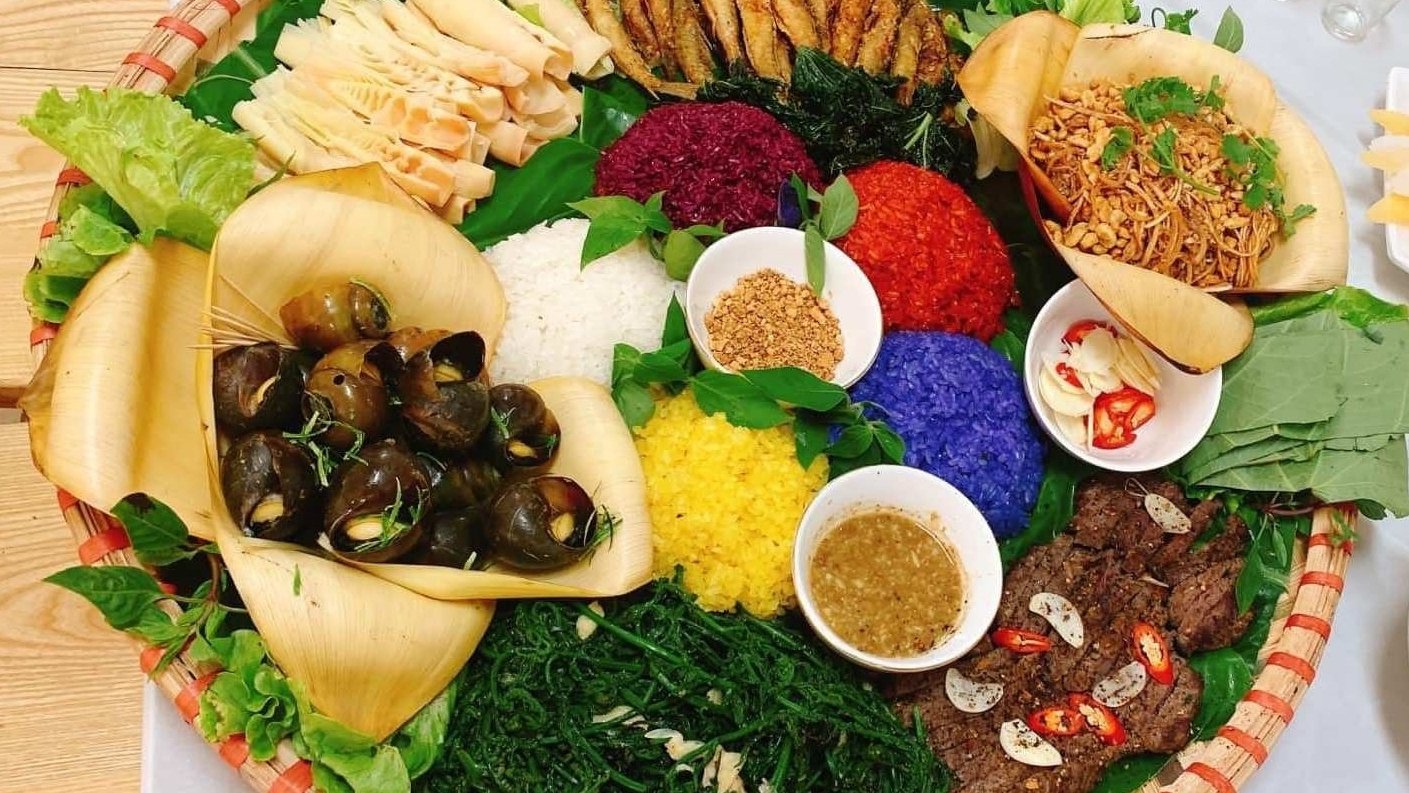

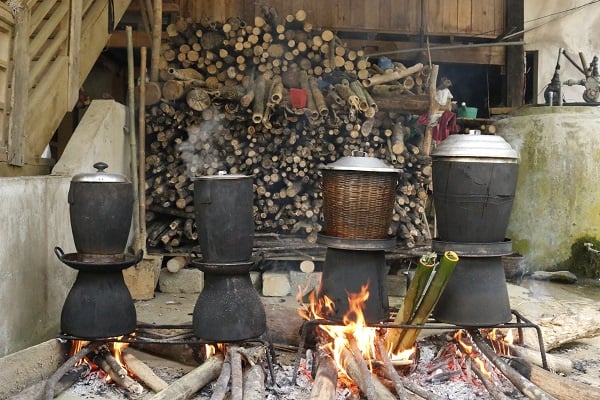



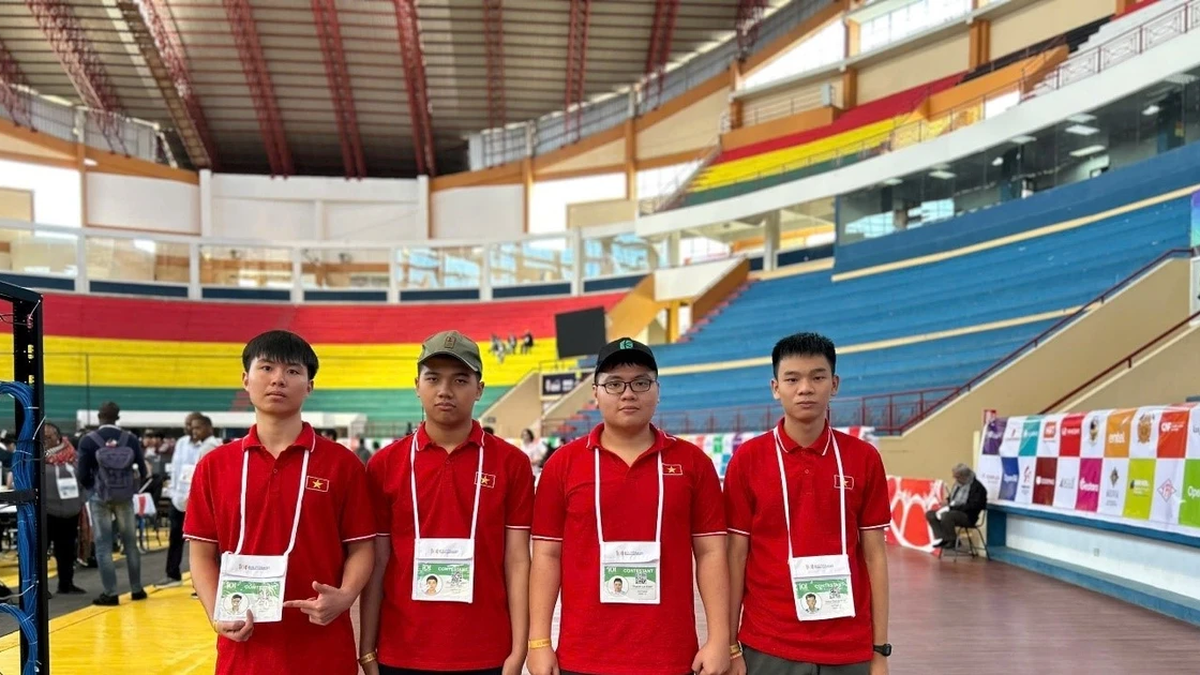
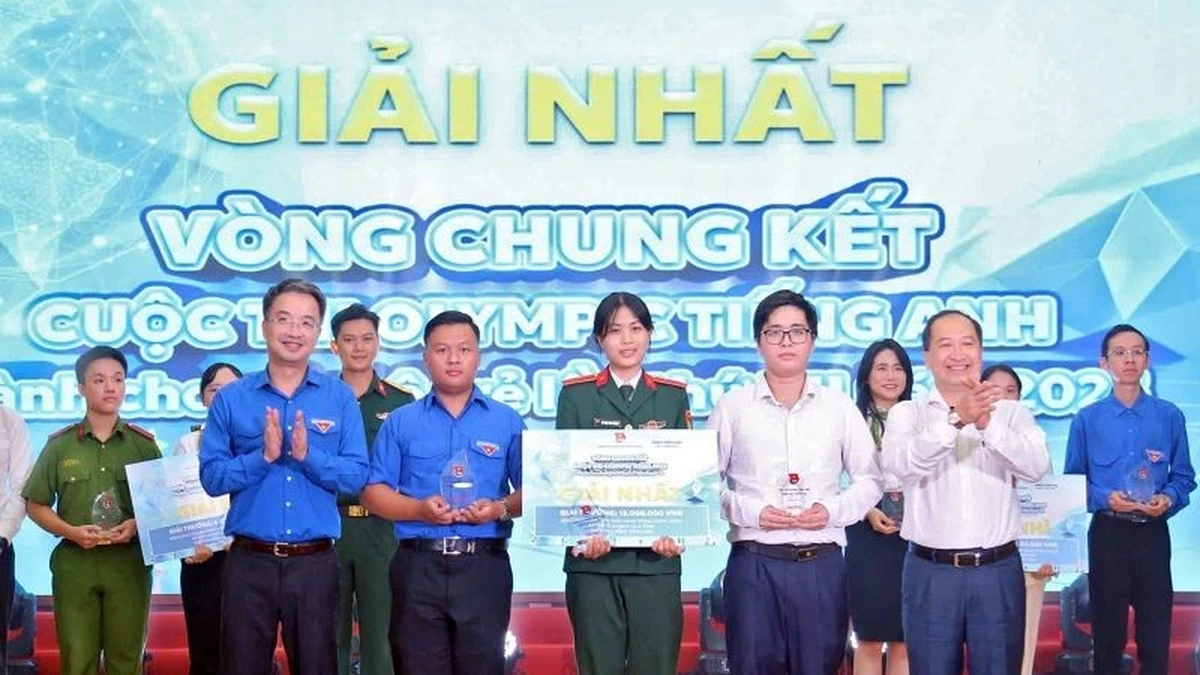

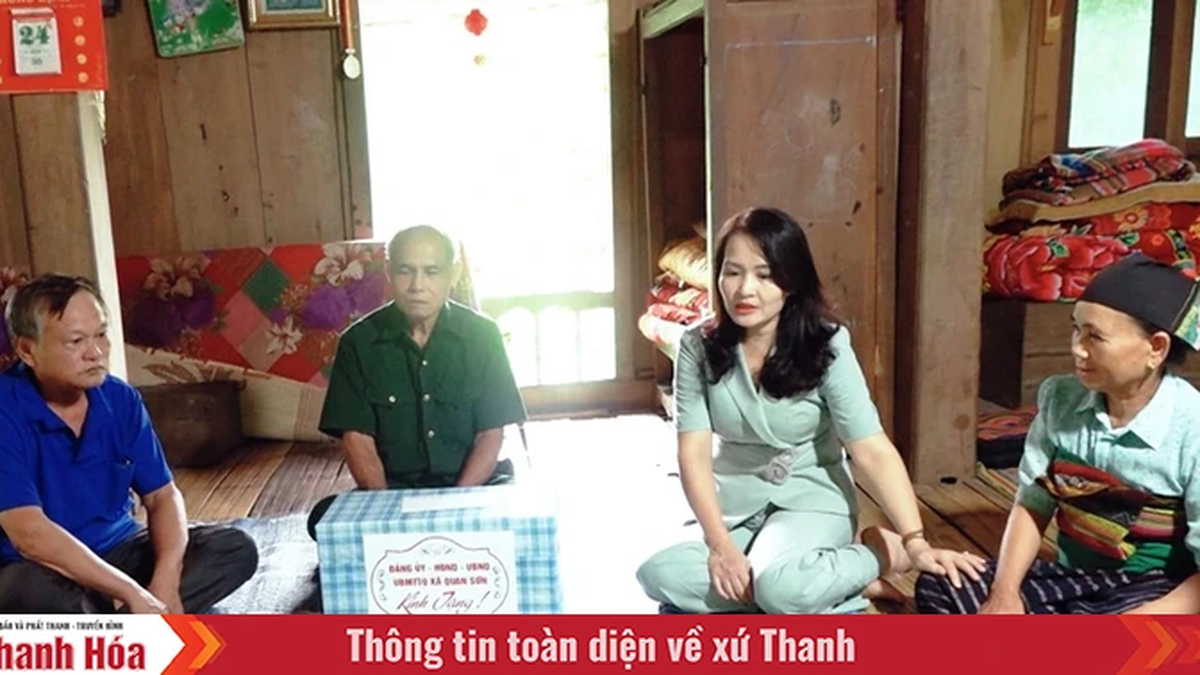
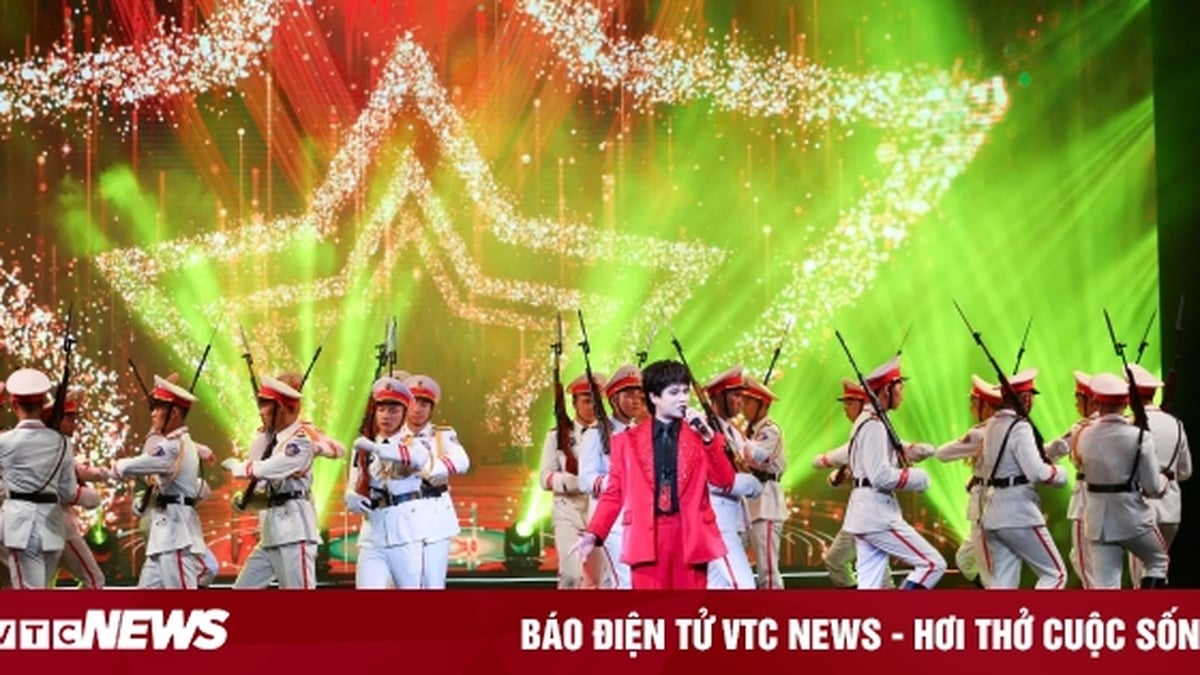
























































































Comment (0)